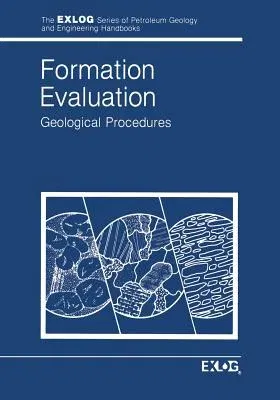Exlog/Whittaker
(Author)Formation Evaluation: Geological Procedures (Softcover Reprint of the Original 1st 1985)Paperback - Softcover Reprint of the Original 1st 1985, 13 November 2013

Qty
1
Turbo
Ships in 2 - 3 days
In Stock
Free Delivery
Cash on Delivery
15 Days
Free Returns
Secure Checkout
Part of Series
Environment, Development and Public Policy: Public Policy an
Print Length
183 pages
Language
English
Publisher
Springer
Date Published
13 Nov 2013
ISBN-10
9401088616
ISBN-13
9789401088619
Description
Product Details
Author:
Book Edition:
Softcover Reprint of the Original 1st 1985
Book Format:
Paperback
Country of Origin:
NL
Date Published:
13 November 2013
Dimensions:
25.4 x
17.78 x
1.09 cm
ISBN-10:
9401088616
ISBN-13:
9789401088619
Language:
English
Location:
Dordrecht
Pages:
183
Publisher:
Weight:
362.87 gm

